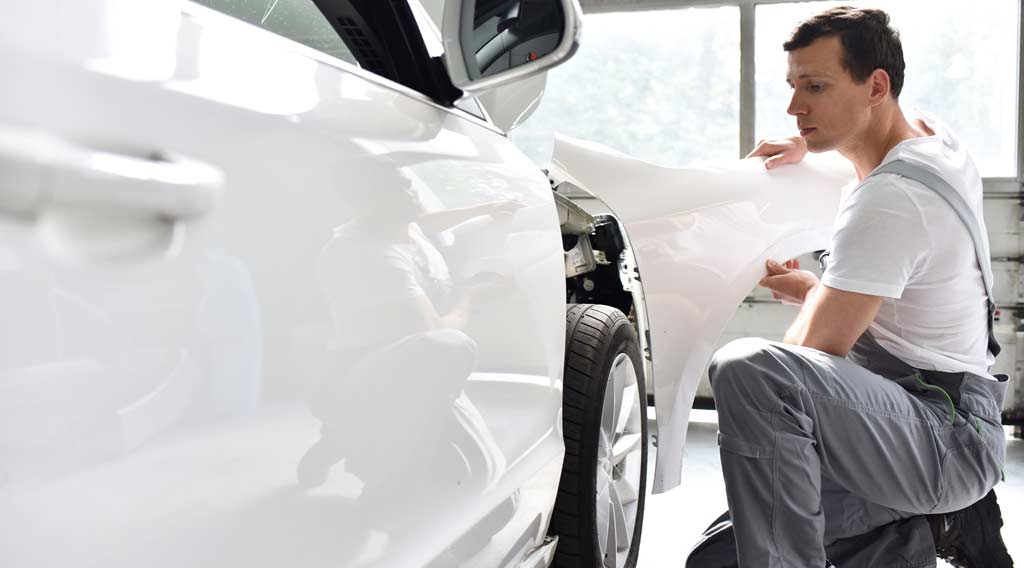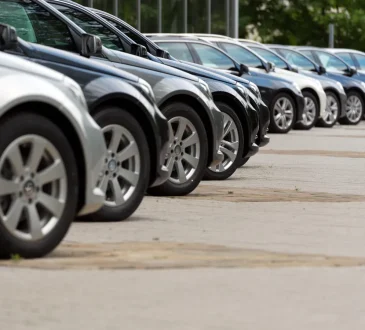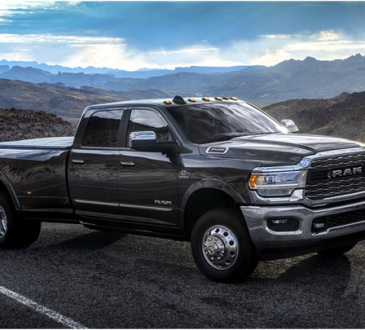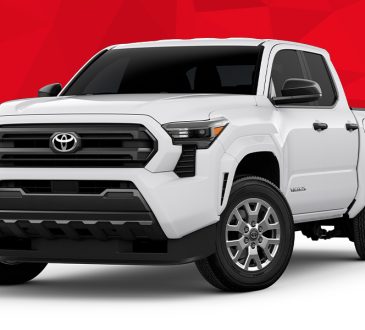
Collision repair is a critical service for vehicle owners, particularly after an accident. However, not all vehicles are created equal, and this diversity presents unique challenges and solutions in the world of collision repair. Understanding these differences is crucial for both vehicle owners and repair professionals. This article explores the nuances of collision repair for various vehicle types, highlighting the specialized approaches required for each.
Collision Repair for Passenger Cars
Passenger cars are the most common vehicle type and come with their own set of repair needs. These vehicles often feature a mix of metal body parts and plastic components. Repairing them requires a balance of traditional dent repair techniques and the ability to work with modern materials. Paint matching is also a critical aspect, as passenger cars often have detailed and high-quality paint finishes.
Challenges and Solutions for SUVs and Trucks
SUVs and trucks are generally larger and may have more rugged construction than typical passenger cars. They often feature heavier frames and may use different materials, such as reinforced plastics and high-strength steel. The repair of these vehicles can be more labor-intensive and might require specialized equipment, like heavy-duty lifts and alignment machines. Additionally, their size can pose challenges in terms of space requirements during the repair process.
Special Considerations for Electric and Hybrid Vehicles
Electric and hybrid vehicles are increasingly common and bring unique challenges to collision repair. These vehicles often have complex electrical systems, and repairing them safely requires specific training and equipment. For instance, technicians need to be aware of the high-voltage components and take precautions to avoid electrical hazards. Furthermore, the battery packs in these vehicles can be damaged in collisions, requiring special handling and expertise.
Luxury and High-Performance Vehicles
Luxury and high-performance vehicles often come with exclusive design features, custom parts, and advanced materials like carbon fiber or aluminum. Repairing these vehicles requires not only technical skill but also an understanding of the unique characteristics of each model. Access to specific OEM parts and specialized tools is often necessary. Additionally, maintaining the aesthetic and performance standards of these vehicles is paramount.
Collision Repair for Vintage and Classic Cars
Vintage and classic cars require a different approach altogether. These vehicles often have parts that are no longer in production, making repairs a complex task. Technicians working on these cars need to have expertise in older vehicle technologies and may need to fabricate parts or use specialized restoration techniques. The goal with these vehicles is often to maintain originality and authenticity, which requires a high level of craftsmanship.
Adapting to Advanced Driver Assistance Systems (ADAS)
Modern vehicles, regardless of type, are increasingly equipped with ADAS, such as automatic braking, lane-keeping assist, and adaptive cruise control. These systems rely on sensors and cameras that can be affected by collisions. Properly repairing and recalibrating these systems is crucial for the vehicle’s safety and functionality.
Training and Certification
Given the diversity in vehicle types and technologies, continuous training and certification for technicians are crucial. This ensures that repair shops can handle a wide range of vehicles and their specific repair needs. Many manufacturers offer specific training programs to ensure technicians are up to date with the latest repair methods and technologies.
Conclusion
Collision repair is a multifaceted field that requires a deep understanding of different vehicle types and their specific repair requirements. From the sturdy frames of trucks to the sophisticated systems in electric vehicles and the delicate craftsmanship needed for classic cars, each type demands a unique approach. As the automotive industry continues to evolve, staying abreast of these changes is essential for collision repair professionals. For vehicle owners, choosing a repair shop with the expertise to handle their specific vehicle type is key to ensuring quality repairs and maintaining the value and safety of their vehicle.




